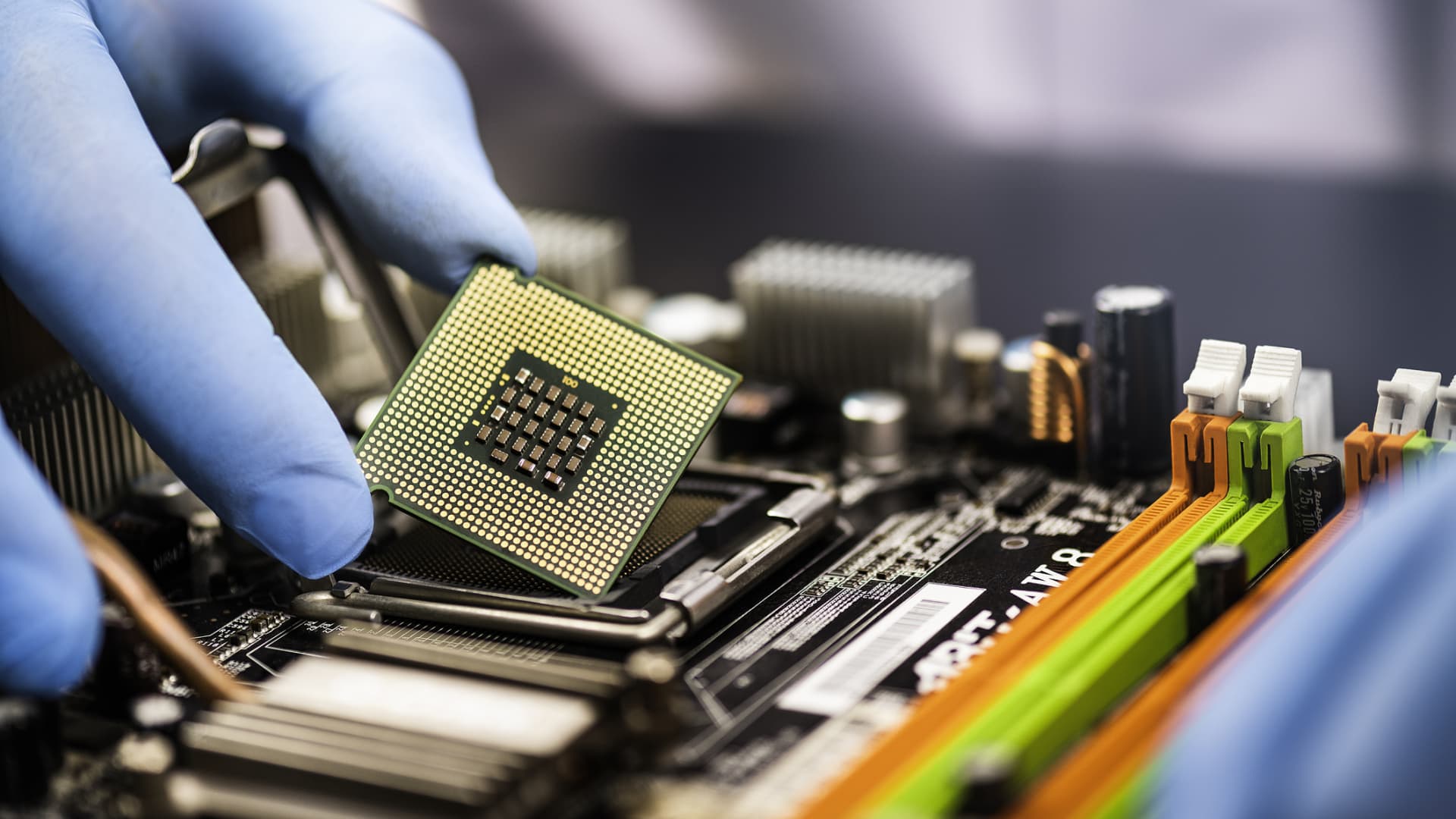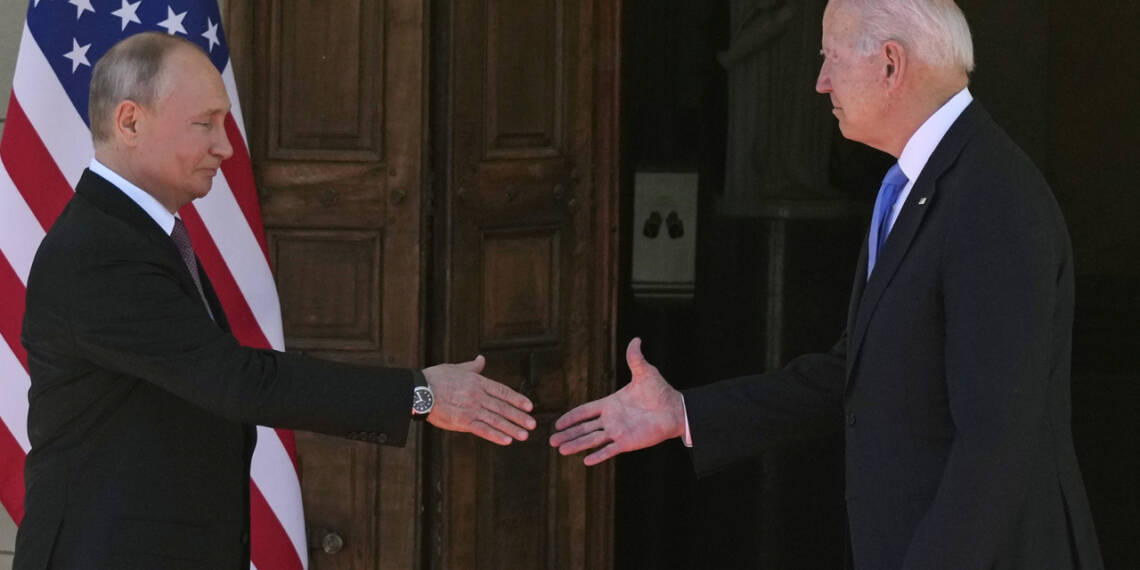Hold tight as we cut through the fog of anti-Russia bravado from the good ol’ USA. Recent revelations spill the tea on Washington’s two-faced game, exposing how American private companies are secretly boosting Russia’s efforts against Ukraine. Let’s dive into the nitty-gritty of Uncle Sam’s hypocrisy and how behind closed doors, the US is inadvertently giving a leg up to Moscow.
Even as sanctions appear to be starting to take effect, Russia continues to import significant amounts of Western technology that are essential to its conflict in Ukraine, according to recent data.
According to a new study, China, Hong Kong, Turkey, and the United Arab Emirates have become more significant in supplying crucial parts to Russia as supply chains have adjusted to export restrictions meant to stifle Moscow’s military apparatus.
Read More: Russia rocks the American war boat in Ukraine
A Western coalition of allies, led by South Korea and Japan, implemented a number of sanctions on February 24, 2022, in reaction to Russia’s military operation in Ukraine. These restrictions restricted the transfer of certain items, notably cutting-edge technologies for military use, to Russia.
However, in the first three quarters of 2023, Western-origin technologies still made up nearly half of all Russian imports of vital components and “high-priority” military supplies, according to research from the sanctions-promoting Yermak-McFaul International Working Group and the Ukrainian think tank KSE Institute.
These goods are usually created by businesses with headquarters in Western coalition nations, but they are produced and sold elsewhere, which makes it more difficult to monitor their supply chains. Previous CNBC investigations have shown that these third-country middlemen are typically situated in Turkey, the UAE, China, and other nations that do not have direct sanctions against Russia.
According to Russian trade data, Moscow acquired vital components worth over $22 billion between January and October 2023. Additionally, it brought in nearly $9 billion worth of “high-priority” military hardware during that time frame, which has been expressly forbidden by Western officials.
Join us on Telegram: https://t.me/tfiglobal
Such goods include microchips, communications equipment, computer components, bearings and transmission shafts, and navigation and sensor devices — which can be used in a range of military equipment including drones, radios, missiles and armored vehicles.
The trade flows mark an uptick from the first six months of the Russia-Ukraine war, when Russian imports dropped off dramatically.
When compared to pre-war levels, however, the numbers point to a downward trend, with Russian imports of vital components and battlefield goods down 29% and 10%, respectively.
The data, according to the report’s authors, indicates that some export limits are effective and that Russia has not been able to locate trustworthy alternatives for a large number of Western components. They pointed out that additional work had to be done to strengthen enforcement and close any remaining gaps.
“We are finally starting to see this slow but somewhat positive trend,” Olena Bilousova, senior research lead at KSE Institute and one of the report’s authors, told CNBC. “Sanctions are not a measure you can enforce and expect to see the effects tomorrow.”
The results contradicts what Ukrainian President Volodymyr Zelenskyy stated on Tuesday, stating that Russia’s defense industry was showing “clear signs of a slowdown.” Zelenskyy did not back up his claim with any facts, and Russia has acknowledged on its own that it is now producing more military hardware.
The latest study shows that behind China, U.S.-based companies’ products made up the second-largest portion of Russian imports of battlefield goods (27%) and vital components (19%).
According to KSE, the U.S. items were from tech behemoths Intel, Analog Devices, Advanced Micro Devices, and Texas Devices, whose products have all been detected in Russian weaponry on the battlefield in Ukraine.
The data indicates a decrease in the supply of goods from certain firms in 2023 compared to 2022, such as AMD and Intel, but it also indicates an increase in the supply of goods from other companies, such as Texas and Analog.
According to Bilousova, the patterns show that these goods are continuously being imported into Russia “and, moreover, their volumes are increasing” each time. “Internal controls cannot ignore these upticks,” she continued.
When CNBC contacted the listed companies, each of them stated that their activities were compliant with sanctions and that they had stopped doing business with Russia after the war.
Any post-sanctions shipments to Russia, according to a statement from Analog Devices, are a “direct violation of our policy and the result of an unauthorized resale or diversion.” According to Intel, efforts are being made to “track and mitigate potential distributor issues.
“Strongly opposing the use of our chips in Russian military equipment and the illicit diversion of our products to Russia,” Texas Devices declared. It further stated that it takes enforcement action if it discovers that its distributors are not abiding by export regulations. AMD further declared that it “runs compliance and monitoring programs to prevent such use” and that it “does not condone and works to disrupt the malign use of our products in Russian military equipment.”
The report’s conclusions draw attention to the industry’s ongoing difficulties in keeping an eye on its intricate supply chains.
The research also noted that since the beginning of the conflict, Moscow has significantly increased its imports of a class of sophisticated machine tools that are essential to its military industry.
According to KSE study, Russia imported $189 million worth of “computer numerical control” machinery between January and October 2023. It reflects an 88% increase compared pre-war levels, with the majority of these tools coming from Western coalition countries.
The aerospace, automotive, and defense industries all make extensive use of CNC machines, which are automated industrial tools. Their uses can be found in the manufacture of microelectronics, weapon hulls, aircraft parts, and missile and drone components.

In late 2023, the United States and the European Union imposed sanctions on several products, increasing the difficulty and cost of Russia’s acquisition. But fresh signals point to China potentially filling that vacuum.
An FT study of Russian trade statistics released last week shows that since the beginning of Moscow’s full-scale invasion of Ukraine, Chinese shipments of CNC tools to Russia have grown tenfold.
The authors of the paper stated that Western authorities now need to take greater steps to enhance enforcement because of the possible impact of sanctions and their obvious failure in certain circumstances.
The director of the KSE Institute, Elina Ribakova, stated that legislators need to push for increased corporate accountability while filling in policy loopholes on Russian export restrictions, especially dealing with third-country circumvention.
“Without the private sector piece, we’re just not going to move forward,” Ribakova said. “And from the policy side, there is no signal what that policy would be so they don’t want to stick their heads above the parapet.”
She also demanded increased coordination between coalition countries’ law enforcement agencies in order to strengthen the sanctions regime as a whole.
Read More: EU comes to Russia’s rescue
Sealing the holes in sanctions enforcement may be essential to the success of Ukraine as well as the integrity of export restrictions in general.
“It’s not just about the effectiveness of the Russian sanctions. It is also about the credibility of the entire sanctions regime,” KSE’s senior economist Benjamin Hilgenstock said. “Technology sanctions are rightfully seen as a new frontier in economic statecraft.”
That is something Western policymakers will need to keep front of mind as they confront other geopolitical tensions, including with an increasingly assertive Beijing, Ribakova added.
“If they cannot even limit Russia, it is really not clear how they plan to do foreign direct policy on China,” she said.
So there you have it. Behind the scenes, private American enterprises inadvertently fuel Moscow’s endeavors against Ukraine. As sanctions aim to squeeze, recent data lays bare the ongoing inflow of Western technology into Russia, critical for its actions in Ukraine.
Watch More:









